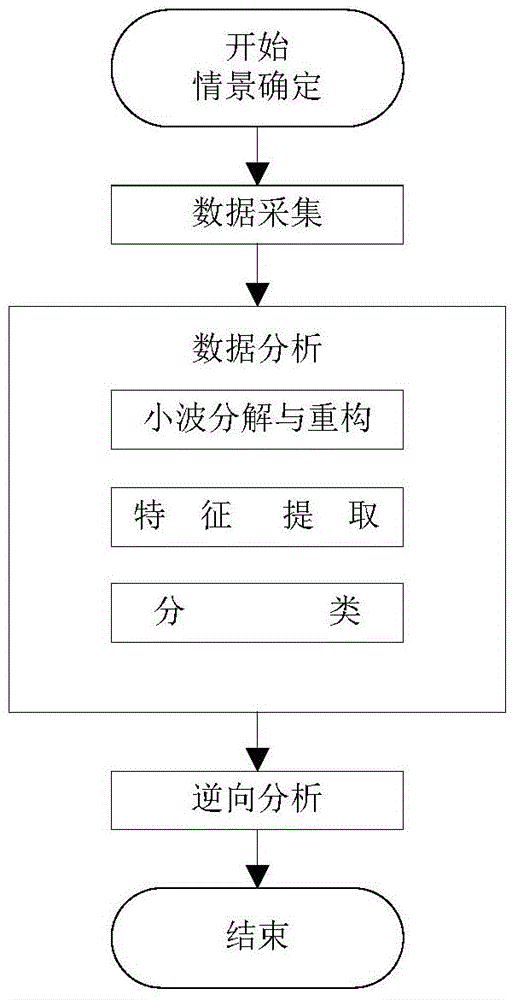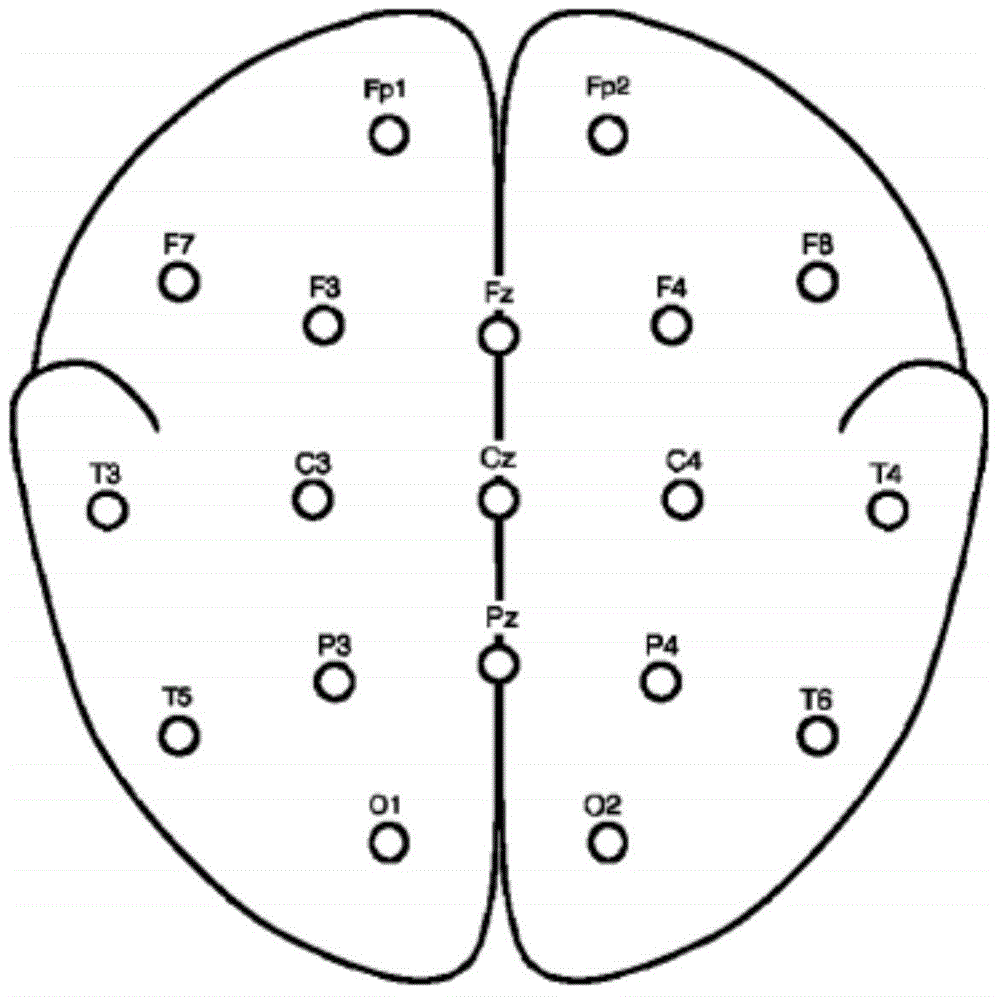Reversible electroencephalogram analysis method
An analysis method and electrical signal technology, applied in the field of biomedical digital signal processing, can solve the problems of ignoring the reversible analysis process of the algorithm and the interference of the original signal.
- Summary
- Abstract
- Description
- Claims
- Application Information
AI Technical Summary
Problems solved by technology
Method used
Image
Examples
Embodiment approach
[0048] according to figure 1 Shown step, specific implementation is as follows:
[0049] 1. Scenario determination: classify the epileptic states of epileptic patients into two types, the epileptic interval and the epileptic seizure;
[0050] Typical interictal generalized epileptiform discharges include the following patterns:
[0051]Spike slow complex rhythm: the frequency of occurrence is generally between 1-6Hz. Slow spike and slow complex rhythms below 3 Hz suggest atypical absence seizures. Rhythmic spike and slow complexes at 3 Hz suggest typical absence seizures. Spike and slow complexes above 3 Hz (3-5 Hz) are common in idiopathic generalized Myoclonic seizures or generalized tonic-clonic seizures with epileptic seizures. During sleep, the frequency of the spike-on-wave complex often slows down and can occur in isolation or in fragments. High-amplitude arrhythmia: It is manifested by the disappearance of normal EEG activity, diffuse high-amplitude slow-wave activi...
PUM
 Login to View More
Login to View More Abstract
Description
Claims
Application Information
 Login to View More
Login to View More - R&D
- Intellectual Property
- Life Sciences
- Materials
- Tech Scout
- Unparalleled Data Quality
- Higher Quality Content
- 60% Fewer Hallucinations
Browse by: Latest US Patents, China's latest patents, Technical Efficacy Thesaurus, Application Domain, Technology Topic, Popular Technical Reports.
© 2025 PatSnap. All rights reserved.Legal|Privacy policy|Modern Slavery Act Transparency Statement|Sitemap|About US| Contact US: help@patsnap.com



